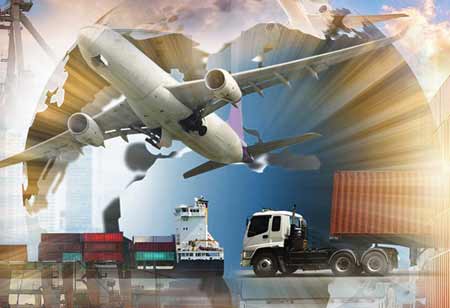THANK YOU FOR SUBSCRIBING
THANK YOU FOR SUBSCRIBING

By
Logistics Transportation Review | Saturday, March 09, 2024
Stay ahead of the industry with exclusive feature stories on the top companies, expert insights and the latest news delivered straight to your inbox. Subscribe today.
Flatbed freight will remain a linchpin, driving efficiency and enabling the smooth flow of goods across diverse terrains and industries.
FREMONT, CA: The landscape of modern logistics and the role of flatbed freight cannot be understated. The specialized trailers, characterized by their open design and absence of walls or roofs, play a pivotal role in transporting oversized, irregularly shaped, and heavy cargo. The mode of freight transportation offers a unique set of advantages that are indispensable in various industries. The paramount advantage of flatbed freight is its versatility in handling specialized cargo. Items such as construction materials, heavy machinery, large industrial equipment, and even vehicles that cannot be accommodated by standard enclosed trailers find an ideal transport solution in flatbeds.
The capability is invaluable for industries like construction, manufacturing, and automotive, where the transportation of outsized goods is a routine necessity. Flatbed trailers are engineered with utmost attention to safety and stability. Unlike enclosed trailers, flatbeds offer greater visibility for drivers, reducing blind spots and enhancing safety during transportation. Securing cargo on a flatbed is a meticulously planned process involving the use of chains, straps, and other specialized equipment to ensure that the load remains stable throughout the journey. The meticulous approach mitigates risks associated with shifting cargo, making flatbed freight a reliable choice for sensitive or delicate goods.
Flatbed freight provides a cost-effective solution for shipping oversized items. Unlike the expenses incurred in disassembling and reassembling equipment for transport, flatbeds offer a direct, efficient, and cost-effective means of transportation. The absence of walls and roofs permits flexibility in loading and unloading, eliminating the need for complex maneuvering or the use of cranes, which can be costly and time-consuming. Flatbed freight is the only viable option for delivering goods to remote or challenging-to-reach locations. These trailers can navigate through rough terrains, construction sites, and areas with limited infrastructure.
The attribute is crucial for industries that operate in geographically diverse environments, like the energy sector, where equipment needs to be transported to remote drilling or construction sites. Flatbed freight contributes significantly to reduced turnaround times. The straightforward loading and unloading process, combined with the ease of securing cargo, results in streamlined operations. The expediency translates into shorter lead times, enabling businesses to meet tighter schedules and deadlines. The versatility of flatbeds allows for efficient multi-modal transportation, seamlessly integrating with other modes like rail and sea, further optimizing supply chain efficiency.
Flatbed transportation generally consumes fewer resources, emits fewer pollutants, and has a lower carbon footprint than some other methods of cargo transport. Eco-friendliness aligns with the growing emphasis on sustainable logistics practices and is a vital consideration for businesses to reduce their environmental impact. Flatbed freight emerges as an indispensable component. Its adaptability, safety features, cost-effectiveness, accessibility, efficiency, and environmental considerations make it a critical choice for industries ranging from construction to manufacturing and energy.
I agree We use cookies on this website to enhance your user experience. By clicking any link on this page you are giving your consent for us to set cookies. More info





